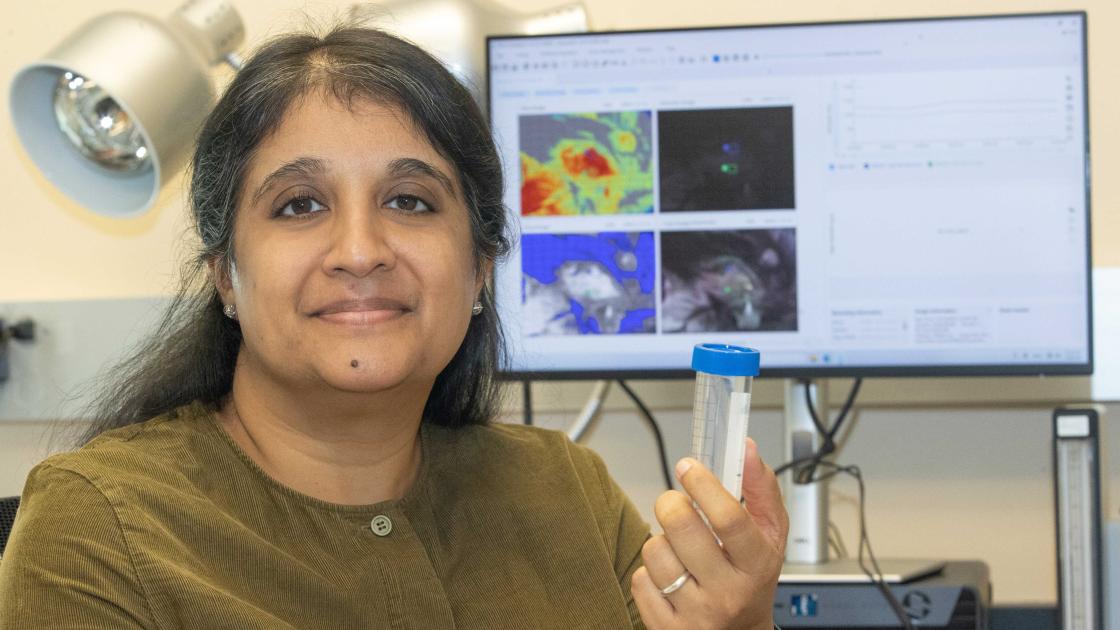
Not Another Meeting! 5 Steps to Better, More Effective Meetings
Well-thought-out meetings can be productive, and leave you feeling accomplished and connected with others in the room. On the other hand, some meetings make you want to check your phone and update your social media status because nothing is being accomplished. What’s the difference between the great meeting and the one that you felt like you wasted your time? Intentionality and respect! From scheduling a meeting to a follow-up, be intentional about how you plan to use your time during a meeting. Also, respecting others’ time will drive intentionality toward planning meetings.
Step 1: Ask yourself why you need a meeting.
The first question I ask before setting up a meeting is, “Do I need a meeting to accomplish this?” I typically set up meetings for three reasons:
- Meet and greet or relationship building
- Brainstorming or problem-solving
- Decision-making that requires input from more than three people.
If you need to update a team on a project’s status, it can be done through email, quick phone calls, or file exchanges.
Tip: For the meetings that you plan to update information and get some input from others, try to minimize sharing the information part by sending an email in advance and state what specifics you want to focus on during the meeting.
Step 2: Respect each other.
This principle reiterates the first question. Starting and ending meetings on time is basic. Before you schedule a meeting, scan the invite list to see if everyone on your list should be required to attend the meeting. Are you inviting someone simply to share an update with them? If so, can you send a summary of what’s discussed and decided after the meeting? Also, question whether you need to schedule a one-hour-long meeting. In my experiences, during a 30-minute long meeting, people tend to focus better and get things done as much as an hour-long meeting.
Tip: If the purpose of the meeting is to build relationships with other attendees, consider a lunch meeting or a walking meeting as an alternative.
Step 3: Identify the purpose of every meeting.
Effective meetings have a clear goal and output. Many regular meetings tend to lose focus and attendance drops. Start with any outcomes you want to achieve and plan it backward. For example, if I want to gain advice from the PR team on website content development, I could email them rather than meeting with the entire team. However, if I need an overhaul of a website, I would set up a working meeting with a couple of people with SIU Medicine’s website design and development knowledge. That way, we can bounce ideas off each other, and approve new designs and content during the meeting. The clearly defined meeting helps you to invite attendees who can make unique contributions.
TIP: Provide a brief description of the meeting when you send an invite. Include a meeting agenda when you send out a meeting invite. This way, people won’t lose the email with agenda items, and you can easily update your agenda when needed.
Step 4: Create an action plan.
Leave the last few minutes of a meeting to go back to your agenda and make sure everything you intended to cover was covered. Confirm any action items you discussed along the way and assign each task with a deadline. It will save the frustration of misunderstanding and miscommunications of who was supposed to do what and prevent delays.
Tip: Rotate a scribe role among attendees and write down your action items on a whiteboard during the meeting. At the end of the meeting, spend a couple of minutes to agree on the action plan and take a picture.
Step 5: Pay attention to the engagement level.
Effective meetings produce engaging conversations and sharable results. To do so, everyone should be actively engaged. If you noticed the energy level goes down during the meeting, think about potential reasons. Was the topic discussed relatable to only part of the group? It often happens when people start talking about the agenda items and then get off on a tangent that is not critical to the group. Was one person dominating the conversation? Was the meeting too long? To continuously improve your meeting experiences, observe the room’s energy and participant level. Then, adjust your agenda and attendee list for future meetings.
Tip: When one person starts to dominate the meeting, ask him/her to take the role of capturing action items on the whiteboard. It helps the person to listen to others.
Effective meetings boost quality and pace of your work. I hope the tips I’ve gathered through my career in business consulting and academia help you improve meeting experiences.
Sookyung Suh, PhD, is an organizational change management and human performance expert and researcher with over fifteen years of demonstrated success in helping implement organizational change in health care, manufacturing and government. She has served as an organizational change management team lead at PriceWaterhouseCoopers, Dell Services and other management consulting firms. She earned her master’s degree in instructional systems and human performance technology from Florida State University and received her PhD in instructional systems from the same institute. She joined SIU Medicine in January 2018 and has played an integral role in launching the Center for Human and Organizational Potential.



